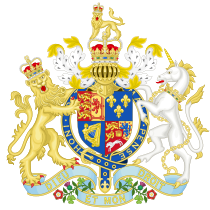The Local Government Act 1972, implemented in 1974, set up a two-tier structure of local government across most of England and Wales. Functions were divided between the tiers depending on how they could be carried most efficiently. County councils were given the responsibility for services including waste disposal, social services, libraries and strategic planning, whereas local authority districts were responsible for local planning, housing, local highways, environmental health, refuse collection and cemeteries.[1]
Local government was reorganised again during the 1990s in the wake of the Local Government Commission for England (1992) report, the key recommendation of which was the introduction of single-tier unitary authorities with responsibility for all areas of local government. In essence they provide a single authority for small counties where division into districts would be impractical, but the two-tier system was retained in much of the country; as at 2020 there are 56 unitary authorities in England.[1] The Local Government (Wales) Act 1994 divided Wales into 22 unitary authorities.
Despite the name, a unitary authority may not be the only administrative authority in its area, which may contain one or more civil parishesSmallest administrative unit in England. with responsibility for maintaining local assets such as village halls and leisure facilities, and the maintenance of public footpaths. Holmes ChapelBuilt-up area and civil parish in the unitary authority of Cheshire East., for instance, is a civil parish within the unitary authority of Cheshire East.

